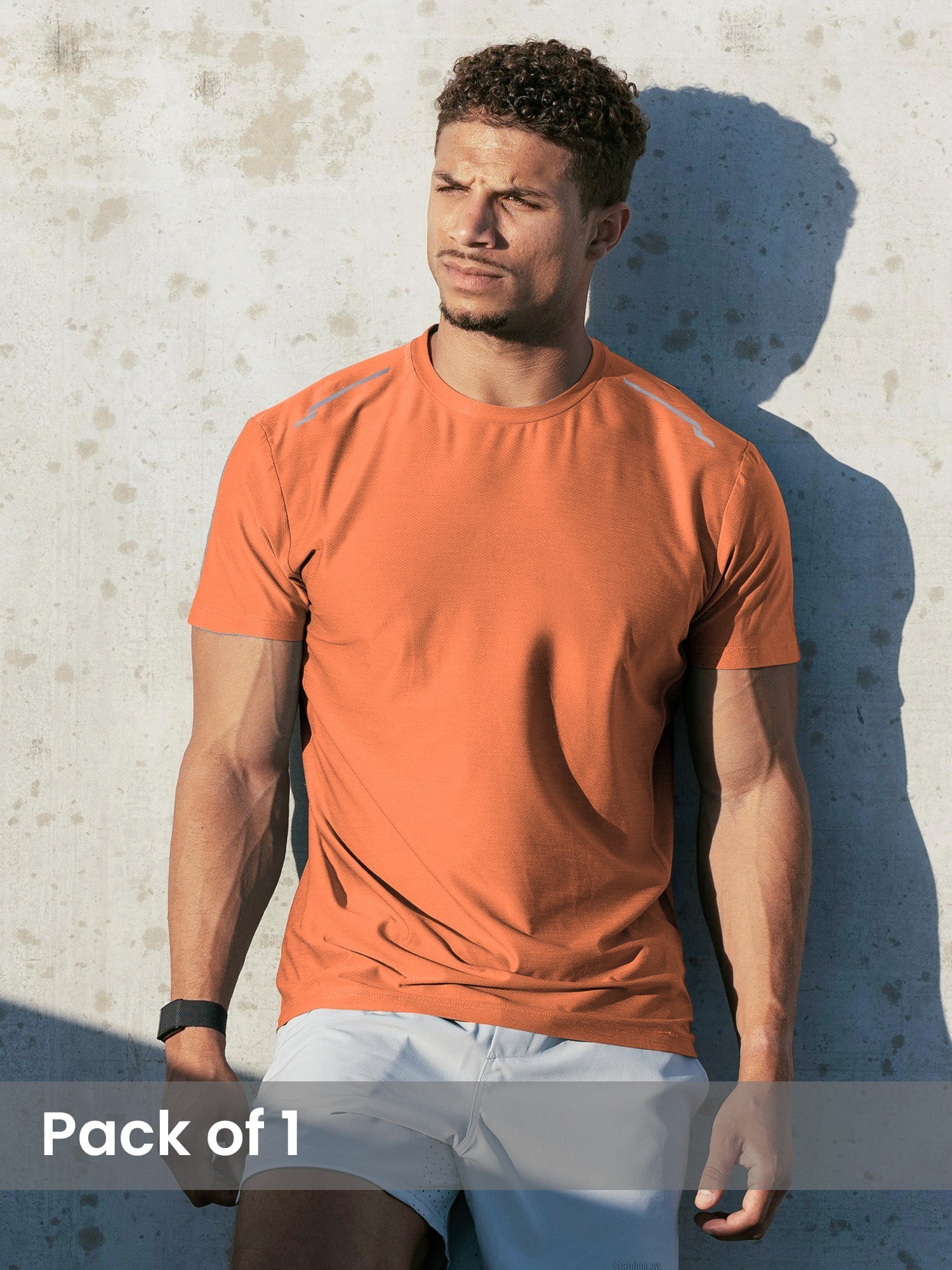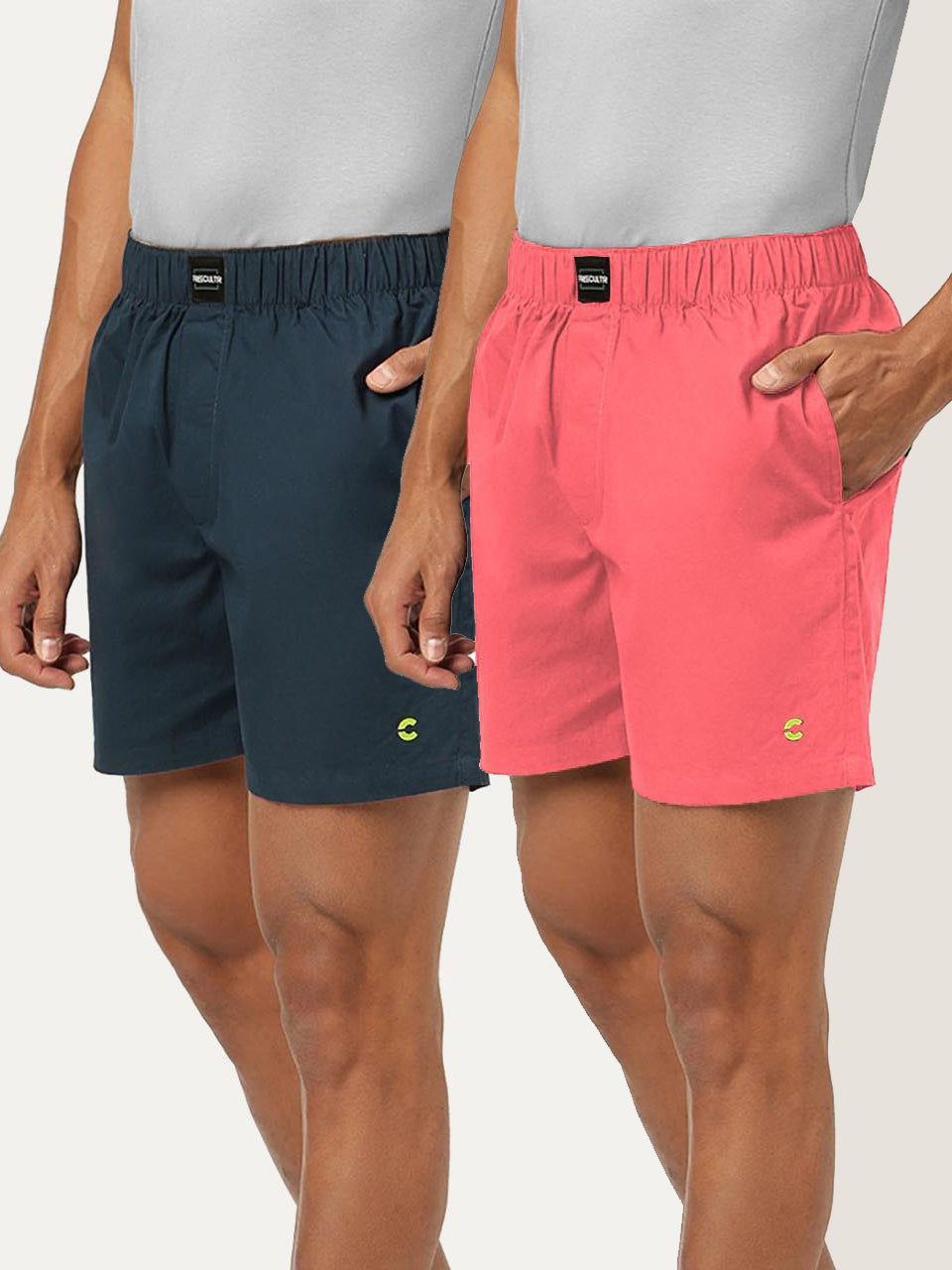Tired of swim trunks that fade faster than your summer tan and offer the security of a loose handshake? The struggle is real. Frequent exposure to chlorinated water breaks down elastic fibers, leading to baggy, ill-fitting swimwear. But, advancements in textile technology offer a solution. We'll explore how innovative fabrics, like Xtra Life Lycra, combat chlorine degradation and maintain shape retention, even after countless laps. Moreover, we'll delve into design features, such as internal drawstrings and compression linings, that provide a locked-in feel. Discover the key elements that define chlorine-resistant, secure-fit men's trunks. Learn how to choose the perfect pair for performance and longevity.

Understanding Chlorine Resistance in Swim Trunks
Chlorine is a powerful disinfectant widely used in swimming pools to kill bacteria and other microorganisms. While essential for hygiene, chlorine is harsh on fabrics, especially those used in swimwear. Prolonged exposure leads to fading, degradation of elasticity. Ultimately, the breakdown of the fabric. Therefore, chlorine resistance in swim trunks refers to the fabric's ability to withstand these damaging effects, maintaining its color, shape. Integrity over time.Key Considerations for Chlorine Resistance:
- Fabric Composition: The type of fabric significantly impacts chlorine resistance.
- Manufacturing Processes: Special weaving and dyeing techniques can enhance a fabric's resistance to chlorine.
- Proper Care: Rinsing swim trunks immediately after use helps remove chlorine and prolong their lifespan.
The Science Behind Chlorine-Resistant Fabrics
Several types of fabrics are engineered to resist chlorine degradation. These often involve synthetic materials treated with special coatings or woven in a manner that minimizes chlorine absorption.Common Chlorine-Resistant Fabrics:
- Polyester: A synthetic fiber known for its durability and resistance to stretching and shrinking. Polyester is inherently more chlorine-resistant than natural fibers like cotton or spandex.
- PBT (Polybutylene Terephthalate): A type of polyester with enhanced chlorine resistance and shape retention. PBT fabrics are often blended with polyester to create durable and long-lasting swimwear.
- XLA: A type of elastic fiber that is highly resistant to chlorine and heat. It provides excellent stretch and recovery, making it suitable for performance swimwear.
How These Fabrics Work:
- Reduced Absorption: Chlorine-resistant fabrics are designed to absorb less chlorine than traditional swimwear materials.
- Tight Weave: A tight weave minimizes the surface area exposed to chlorine, reducing the rate of degradation.
- Protective Coatings: Some fabrics are treated with coatings that act as a barrier between the chlorine and the fabric fibers.
Achieving a Secure Fit in Swim Trunks
A secure fit is crucial for comfort and performance in swim trunks. Ill-fitting trunks can cause chafing, drag in the water. Embarrassment. A well-fitted pair stays in place during swimming, diving. Other water activities.Factors Influencing Secure Fit:
- Waistband Design: Elastic waistbands, drawstrings. Adjustable closures contribute to a secure and customizable fit.
- Leg Openings: Elastic or drawstring leg openings prevent the trunks from riding up or shifting during activity.
- Lining: A supportive inner lining enhances comfort and prevents chafing.
- Proper Sizing: Accurate sizing is essential for a comfortable and secure fit.
Waistband Technology: Drawstrings, Elastic. Closures
The waistband is a critical component in ensuring a secure fit. Different waistband technologies offer varying levels of adjustability and support.Types of Waistbands:
- Elastic Waistbands: Provide a comfortable and flexible fit. Elastic waistbands stretch to accommodate different body types and movements.
- Drawstrings: Allow for a customized fit. Drawstrings can be tightened or loosened to adjust the waistband circumference.
- Adjustable Closures: Offer the most precise fit. Adjustable closures, such as hook-and-loop fasteners or buckles, provide a secure and customizable fit.
Considerations When Choosing a Waistband:
- Activity Level: High-impact activities require a more secure waistband.
- Comfort: Choose a waistband that feels comfortable against your skin.
- Adjustability: Opt for a waistband with adjustable features for a customized fit.
Leg Opening Design: Preventing Ride-Up
The design of the leg openings plays a significant role in preventing swim trunks from riding up during activity. A well-designed leg opening stays in place and provides a comfortable range of motion.Features of Effective Leg Openings:
- Elastic Binding: Elastic binding around the leg openings helps to keep the trunks in place.
- Drawstrings: Drawstrings at the leg openings allow for a customized fit and prevent riding up.
- Contoured Shape: A contoured shape that follows the natural curve of the leg provides a more secure and comfortable fit.
The Role of Linings in Comfort and Security
The inner lining of swim trunks is essential for comfort, support. Hygiene. Linings prevent chafing, provide a barrier between the skin and the outer fabric. Enhance the overall fit.Types of Linings:
- Mesh Linings: Provide breathability and support. Mesh linings allow air to circulate, keeping you cool and comfortable.
- Polyester Linings: Offer a smooth and comfortable feel. Polyester linings are durable and quick-drying.
- Compression Linings: Provide extra support and muscle stabilization. Compression linings can improve performance and reduce muscle fatigue.
Benefits of Linings:
- Chafe Prevention: Linings prevent the outer fabric from rubbing against your skin.
- Support: Linings provide additional support and coverage.
- Hygiene: Linings create a barrier between your skin and the pool water.
Real-World Applications and Use Cases
Chlorine-resistant, secure-fit swim trunks are ideal for various activities and environments.Use Cases:
- Competitive Swimming: Athletes require trunks that can withstand frequent chlorine exposure and provide a secure fit for optimal performance.
- Recreational Swimming: Casual swimmers benefit from trunks that maintain their shape and color after repeated use.
- Water Aerobics: Participants in water aerobics classes need trunks that stay in place during vigorous movements.
- Triathlons: Triathletes require trunks that provide comfort, support. Chlorine resistance for the swimming leg of the race.
Case Study: Competitive Swimmer
A competitive swimmer trains in a chlorinated pool for several hours each day. Traditional swim trunks would quickly degrade, losing their elasticity and color. By switching to chlorine-resistant trunks made from PBT and polyester, the swimmer extends the lifespan of their swimwear and maintains a secure fit during training sessions. This ensures both fashion & comfort while they are training.Caring for Your Chlorine-Resistant Swim Trunks
Proper care extends the lifespan of chlorine-resistant swim trunks.Care Tips:
- Rinse Immediately: Rinse your trunks with fresh water after each use to remove chlorine.
- Hand Wash: Hand wash your trunks with a mild detergent.
- Air Dry: Air dry your trunks away from direct sunlight.
- Avoid Bleach: Do not use bleach or harsh chemicals.
- Store Properly: Store your trunks in a dry place when not in use.
Choosing the Right Swim Trunks for Your Needs
Selecting the right swim trunks involves considering various factors, including fabric, fit. Intended use.Factors to Consider:
- Fabric: Choose a chlorine-resistant fabric such as polyester or PBT.
- Fit: Select a size that provides a comfortable and secure fit.
- Waistband: Opt for a waistband with adjustable features.
- Leg Openings: Look for leg openings with elastic binding or drawstrings.
- Lining: Choose a lining that provides support and prevents chafing.
- Style: Select a style that suits your personal preference and activity level.
Conclusion
Let's consider this your personalized success blueprint for swimwear. We've covered the importance of chlorine resistance for longevity, especially crucial given the rise in salt water pools claiming to be just as harsh. Think of your trunks not just as swimwear. As an investment. The key takeaway is that a secure fit translates to confidence. Confidence enhances performance, whether you're swimming laps or simply enjoying a beach day. To implement this, prioritize fabric composition when purchasing. Look for blends specifically designed to withstand chlorine. Success hinges on selecting the right size and material from the start. I personally always do a 'squat test' in the fitting room to ensure the fit remains comfortable and secure even during movement. Don't underestimate this step! It saves you from awkward moments later. Choose wisely, swim confidently. Remember, the right trunks are the foundation for aquatic success.More Articles
Men's Trunks – Quick Dry & Enhanced MobilityMen's Trunks – Stylish Prints & Secure Fit
Brief – Supportive Fit & Soft Cotton
Innerwear – Enhanced Comfort & Lasting Freshness
FAQs
So, what exactly makes these trunks 'chlorine resistant' anyway?
Good question! , they're made with special fabrics (often containing polyester or PBT) that don't break down as easily when exposed to chlorine in pools. Regular swimsuits can get faded, stretched. Generally sad-looking pretty quickly. Chlorine-resistant ones hold up much longer. Think of it as giving your trunks a superpower against pool chemicals!
Okay, 'secure fit' sounds good. How do I know they'll stay put?
Totally understandable! Secure fit usually means a few things working together: a snug but comfortable waistband (often with a drawstring), a supportive inner lining. A cut that's designed to stay in place during activity. Look for descriptions mentioning those features. Also, check reviews – other guys will let you know if they’ve had any 'wardrobe malfunctions'!
How long will chlorine-resistant trunks actually last compared to regular ones?
That's tough to say exactly, as it depends on how often you swim. But generally, you can expect chlorine-resistant trunks to last significantly longer – maybe 2-3 times as long, or even more, if you take good care of them (rinsing them after each swim is key!) .
What's the best way to take care of chlorine-resistant trunks to make them last?
Super simple, actually! Rinse them thoroughly with cool, clean water after every swim. Gently squeeze out the excess water (don't wring them!). Then, lay them flat or hang them to dry in the shade. Avoid throwing them in the dryer, as the heat can damage the fabric. Also, skip the harsh detergents – a mild soap is all you need if they get particularly grimy.
Will chlorine-resistant trunks totally prevent fading? Or will they still fade a little over time?
While they're much better than regular trunks, some fading is still possible after a ton of use. Think of it as gradual aging rather than a sudden collapse. But the difference in color retention is still huge – they'll look much newer for longer!
Are these trunks only good for swimming in pools? Or can I wear them in the ocean too?
You can definitely wear them in the ocean! The chlorine-resistant fabric won't be harmed by saltwater. Just be sure to rinse them well afterward to remove any salt or sand.
What kind of fit should I expect? Are they generally tight, loose, or somewhere in between?
Most men's trunks designed for swimming, especially those emphasizing secure fit, are on the snug side. They're not meant to be baggy. They should fit close to the body without feeling constricting. Check the size chart and read reviews – some brands run a bit smaller or larger than others.






